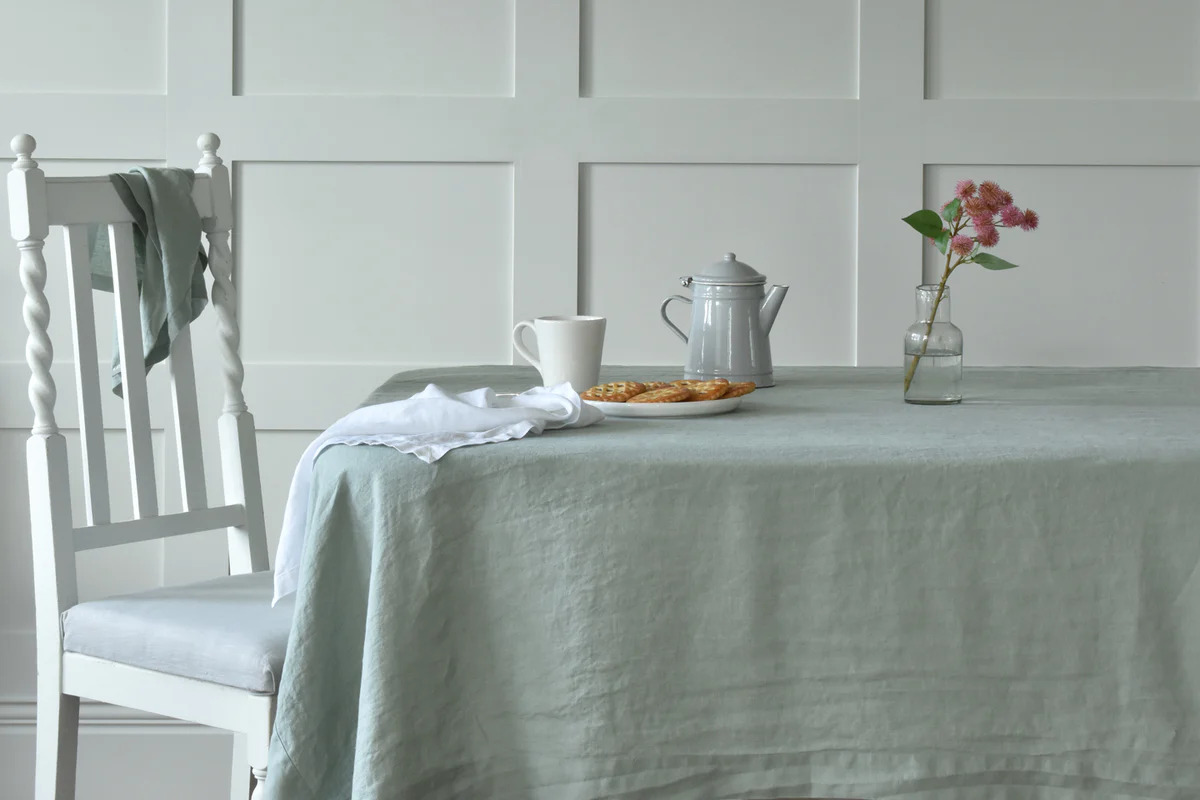

Tableware
How To Wash A Linen Tablecloth
Modified: January 5, 2024
Learn the best way to wash your linen tablecloth and keep it looking fresh and clean. Discover the top tips for maintaining your tableware and extending its lifespan.
(Many of the links in this article redirect to a specific reviewed product. Your purchase of these products through affiliate links helps to generate commission for Storables.com, at no extra cost. Learn more)
Introduction
Welcome to our comprehensive guide on how to wash a linen tablecloth. Linen tablecloths are a beautiful and elegant addition to any dining table, but they can also be quite delicate and require special care to ensure they stay in pristine condition. In this article, we will walk you through the step-by-step process of cleaning your linen tablecloth, whether it is stained from an extravagant dinner party or simply needs a refresh.
First, it’s important to understand that linen is a natural fiber made from the flax plant. While linen is known for its durability and absorbency, it can also be prone to wrinkling, so proper care during the washing process is crucial. By following these steps, you can maintain the quality and longevity of your linen tablecloth, ensuring it continues to be a stunning centerpiece for your dining experience.
Key Takeaways:
- Preserve the Elegance: Properly prepare, spot clean, and choose the right washing method to maintain the beauty and longevity of your linen tablecloth, ensuring it remains a stunning centerpiece for your dining table.
- Finishing Touch: Iron or steam your linen tablecloth to remove wrinkles and give it a crisp, elegant appearance, ensuring it looks immaculate for your next dining experience or special occasion.
Read more: How To Store Tablecloths
Step 1: Preparing the tablecloth
Before you begin the washing process, it is essential to properly prepare your linen tablecloth. Start by removing any debris, crumbs, or loose particles by gently shaking the tablecloth outdoors. This will help prevent these particles from getting trapped in the fabric during the washing process.
Next, check the tablecloth for any spots or stains. If you notice any, it is best to address them before washing the entire tablecloth. Use a gentle stain remover or a mixture of mild detergent and water to spot clean the affected areas. Gently dab at the stain using a clean cloth or sponge, being careful not to rub or scrub aggressively, as this can damage the delicate linen fibers.
Once you have spot cleaned any stains, it’s time to check for any loose threads or loose hems. Carefully trim any loose threads with sharp scissors to prevent them from unraveling further during the washing process.
Lastly, be sure to check the care label on your linen tablecloth. Different linens may have specific washing instructions, so it’s important to follow the manufacturer’s guidelines. If the care label is missing or illegible, it is generally safe to hand wash or machine wash your linen tablecloth using mild detergent and cold water.
By taking these preparatory steps, you are ensuring that your linen tablecloth is ready for the cleaning process, minimizing the risk of damage and maximizing the effectiveness of the wash.
Step 2: Spot cleaning any stains
Spot cleaning stains on your linen tablecloth is an important step to ensure that it remains in pristine condition. Whether it’s a wine spill from a celebratory toast or a sauce splatter from a delicious meal, treating stains promptly will prevent them from setting into the fabric.
Start by identifying the type of stain you are dealing with. Common stains on tablecloths include wine, grease, food, and ink. Each type of stain requires a specific approach for effective removal.
For wine stains, blot the area with a clean cloth or paper towel to absorb as much of the liquid as possible. Then, sprinkle salt on the stain to help draw out the remaining moisture. Let it sit for a few minutes before rinsing with cold water. If the stain persists, create a paste with equal parts baking soda and water, apply it to the stain, and let it sit for about 30 minutes before rinsing.
For grease stains, start by blotting the excess grease with a paper towel or clean cloth. Next, cover the stain with an absorbent powder such as baking soda or cornstarch. Allow it to sit for a few hours to absorb the grease. Once the powder has absorbed the oil, brush it off gently using a soft brush, then wash the tablecloth as usual.
When dealing with food stains, scrape off any excess food using a spoon or knife, taking care not to rub it into the fabric. Pretreat the stain by applying a small amount of liquid detergent or stain remover directly onto the affected area. Gently rub the fabric together to work in the detergent, then let it sit for a few minutes before washing.
For ink stains, place an absorbent cloth or towel underneath the stain to prevent it from spreading to other parts of the fabric. Apply rubbing alcohol or a stain remover specifically designed for ink stains onto the affected area. Blot the stain with a clean cloth, changing it frequently to avoid spreading the ink. Rinse with cold water and repeat the process if necessary.
Remember to always test any stain removal method on a small, inconspicuous area of the tablecloth before applying it to a larger stain. This will help ensure that the treatment does not damage or discolor the fabric.
By spot cleaning stains on your linen tablecloth, you can preserve its appearance and keep it looking fresh and beautiful for many future gatherings.
Step 3: Machine washing the tablecloth
Machine washing your linen tablecloth is a convenient option to thoroughly clean it while ensuring minimal effort. However, it’s crucial to follow the proper guidelines to prevent any damage to the delicate fabric.
Begin by separating your linen tablecloth from other items, especially those with zippers, buttons, or rough fabrics that can potentially snag or tangle with the linen fibers. This will help prevent any unnecessary friction during the wash cycle.
Next, check your washing machine for any residual detergent or fabric softener. It’s best to use a mild, liquid detergent specifically designed for delicate fabrics. Avoid using harsh chemicals or bleach, as they can weaken and discolor the linen fibers.
Place the linen tablecloth in the washing machine, ensuring that it has enough room to move freely without being overcrowded. Overcrowding can cause the linen to wrinkle or not get clean thoroughly.
Select the appropriate wash settings for your linen tablecloth. Opt for a gentle or delicate cycle with cold or lukewarm water. The gentle cycle will minimize agitation, reducing the risk of damage to the fabric. Use cold or lukewarm water to prevent shrinkage and color fading.
During the rinse cycle, add a small amount of white vinegar to help remove any detergent residue and restore the natural softness and luster of the linen fabric. The vinegar also acts as a natural fabric softener, reducing static and ensuring a smoother texture.
Once the wash cycle is complete, promptly remove the linen tablecloth from the washing machine. Leaving it sitting in the machine for too long can cause wrinkles to set in. Shake the tablecloth gently to remove any excess water, but avoid wringing or twisting it, as this can distort the shape of the fabric.
Drying your linen tablecloth properly is crucial to maintain its quality and prevent excessive wrinkling. We will discuss the drying process in the next step.
By following these machine washing guidelines, you can effectively clean your linen tablecloth and keep it looking fresh and beautiful for many future uses.
To wash a linen tablecloth, use a gentle cycle with cold water and mild detergent. Avoid using bleach or fabric softener. Air dry or tumble dry on low heat to prevent shrinking. Iron while slightly damp for a crisp finish.
Step 4: Hand washing the tablecloth
If you prefer a more hands-on approach or your linen tablecloth has intricate details or delicate embroidery, hand washing is a gentle and effective method to clean it.
Start by filling a clean sink or basin with lukewarm water. Avoid using hot water, as it can shrink or damage the linen fibers. You can add a small amount of mild liquid detergent or a gentle fabric wash specifically formulated for delicate fabrics.
Immerse the linen tablecloth in the water and gently agitate it to ensure even distribution of the detergent. Allow the tablecloth to soak for about 15-20 minutes, allowing the detergent to penetrate the fabric and loosen dirt and stains.
Next, use your hands to lightly rub and massage any stains or soiled areas. Be gentle while doing this to avoid rubbing or scrubbing aggressively, as it can cause damage to the fabric.
Once you have thoroughly cleaned the tablecloth, drain the soapy water and rinse it under cool running water until the water runs clear. It’s important to rinse thoroughly to remove all traces of detergent.
Alternatively, you can fill another sink or basin with clean water and lightly swish the linen tablecloth in the water to remove any remaining detergent.
After rinsing, gently squeeze out the excess water from the tablecloth. Avoid twisting or wringing it, as this can distort the shape and cause wrinkles. Instead, lightly press the fabric against the side of the sink or basin to remove the water.
To further protect the delicate linen fibers, place a clean towel on a flat surface and lay the tablecloth flat on top of it. Roll the towel and tablecloth together, applying gentle pressure to absorb the excess moisture. Repeat this process if necessary with a dry towel.
Finally, carefully unfold the linen tablecloth and lay it flat on a clean, dry surface to air dry. Avoid direct sunlight or heat sources, as they can cause the fabric to fade or become discolored. Allow the tablecloth to air dry completely before storing or using it.
Hand washing your linen tablecloth ensures a gentle and thorough cleaning process, preserving its delicate details and prolonging its lifespan.
Read more: How To Store Tablecloths Without Wrinkling
Step 5: Drying the tablecloth
Properly drying your linen tablecloth is crucial to avoid excessive wrinkling and maintain its smooth, elegant appearance. Here are some essential guidelines to follow when drying your tablecloth:
If you have machine-washed your tablecloth, consider using the dryer on a low or delicate setting. Place the tablecloth in the dryer and add a clean, dry towel to help absorb excess moisture and reduce wrinkling. Avoid overloading the dryer to allow enough space for the tablecloth to move freely.
If you opt for air drying, carefully unfold the tablecloth after hand washing and shake it gently to remove any excess water. Then, find a suitable spot, preferably outdoors, where you can hang the tablecloth to dry. Ensure that the area is well-ventilated and away from direct sunlight, as prolonged exposure to the sun can cause fading.
To hang the tablecloth, use either a clothesline, drying rack, or hanger with padded clips to prevent creases and indentations. Hang the tablecloth evenly and avoid stretching or pulling it to maintain its original shape.
Another method to air dry your tablecloth is by laying it flat on a clean, dry surface. Lay a clean towel on a flat table or countertop and place the tablecloth on top. Smooth out any wrinkles or folds and adjust it to its original shape. Flip the tablecloth occasionally during the drying process to ensure even drying.
Regardless of the drying method you choose, allow the tablecloth ample time to air dry completely. Rushing the drying process may result in damp spots and musty odors.
Once the tablecloth is completely dry, carefully remove it from the drying area and inspect it for any remaining wrinkles. If needed, you can lightly steam the tablecloth using a handheld steamer or iron on the lowest heat setting. Keep the iron moving continuously and use a pressing cloth to protect the fabric from direct contact with the iron.
Remember, never store a damp or wrinkled tablecloth, as it can promote the growth of mold and mildew. Instead, ensure that your tablecloth is fully dry and wrinkle-free before storing it.
By following these drying guidelines, you can maintain the beauty and quality of your linen tablecloth, ensuring it looks impeccable for your next special occasion.
Step 6: Ironing or steaming the tablecloth
After washing and drying your linen tablecloth, the final step to achieve a polished look is to iron or steam it. Ironing or steaming will help remove any remaining wrinkles and give your tablecloth a crisp, elegant appearance.
If you prefer to use an iron, set it to the lowest heat setting suitable for linen. It’s important to avoid high heat, as it can scorch or discolor the fabric. Fill the iron with water, if necessary, to produce steam. Test the iron on a small, inconspicuous area of the tablecloth first to ensure that it does not leave any marks or damage the fabric.
Begin ironing the tablecloth from one edge, working your way towards the opposite edge. Use smooth, gentle strokes and avoid pressing too hard. Keep the iron moving continuously to prevent any singeing or burning of the fabric. If needed, you can place a clean, thin cloth or pressing cloth between the iron and the tablecloth to provide an extra layer of protection.
Focus on one section at a time, applying the iron evenly. Pay extra attention to any stubborn wrinkles or creases, gently pressing over them multiple times to loosen and smooth them out. Take your time and remember to adjust the iron’s heat setting as needed to prevent any damage to the fabric.
If you prefer a more gentle method or you have delicate embroidery or embellishments on your tablecloth, you can use a handheld fabric steamer. Fill the steamer with water according to the manufacturer’s instructions and allow it to heat up. Hold the steamer a few inches away from the tablecloth and gently move it across the fabric, allowing the steam to penetrate and relax the fibers.
Whether you choose to iron or steam your tablecloth, it’s important to work in a well-lit area to ensure you don’t miss any wrinkles or creases. Take your time and be patient, focusing on achieving a smooth and wrinkle-free surface.
Once you have finished ironing or steaming the entire tablecloth, lay it flat on a clean surface to cool down completely before folding or storing it. This will prevent any heat-related wrinkles from forming.
By following these ironing or steaming techniques, you can give your linen tablecloth a polished finish and ensure it looks immaculate for your next dining experience or special occasion.
Conclusion
Properly caring for your linen tablecloth is essential to maintain its beauty and longevity. By following the steps outlined in this comprehensive guide, you can effectively clean and preserve your linen tablecloth, ensuring it remains a stunning centerpiece for your dining table for years to come.
Starting with preparing the tablecloth, removing debris and spot cleaning stains are crucial steps before washing. Whether you choose to machine wash or hand wash your tablecloth, using the proper detergent and following the care instructions is essential. Additionally, taking the time to properly dry the tablecloth, whether through air drying or using a dryer on a low setting, will help prevent wrinkles and maintain its smooth appearance.
Finally, ironing or steaming the tablecloth gives it the finishing touch, removing any remaining wrinkles and giving it a crisp, elegant look. Taking the time to properly care for your linen tablecloth ensures it stays in pristine condition and can be enjoyed for many special occasions to come.
Remember to always check the care label of your specific linen tablecloth for any manufacturer’s instructions or recommendations. Proper care can vary depending on the material and any specific treatments or finishes applied to the fabric.
Now, armed with this knowledge, you can confidently clean and care for your linen tablecloth, showcasing its natural beauty and elegance every time you set the table for a delightful meal or a festive gathering.
Frequently Asked Questions about How To Wash A Linen Tablecloth
Was this page helpful?
At Storables.com, we guarantee accurate and reliable information. Our content, validated by Expert Board Contributors, is crafted following stringent Editorial Policies. We're committed to providing you with well-researched, expert-backed insights for all your informational needs.
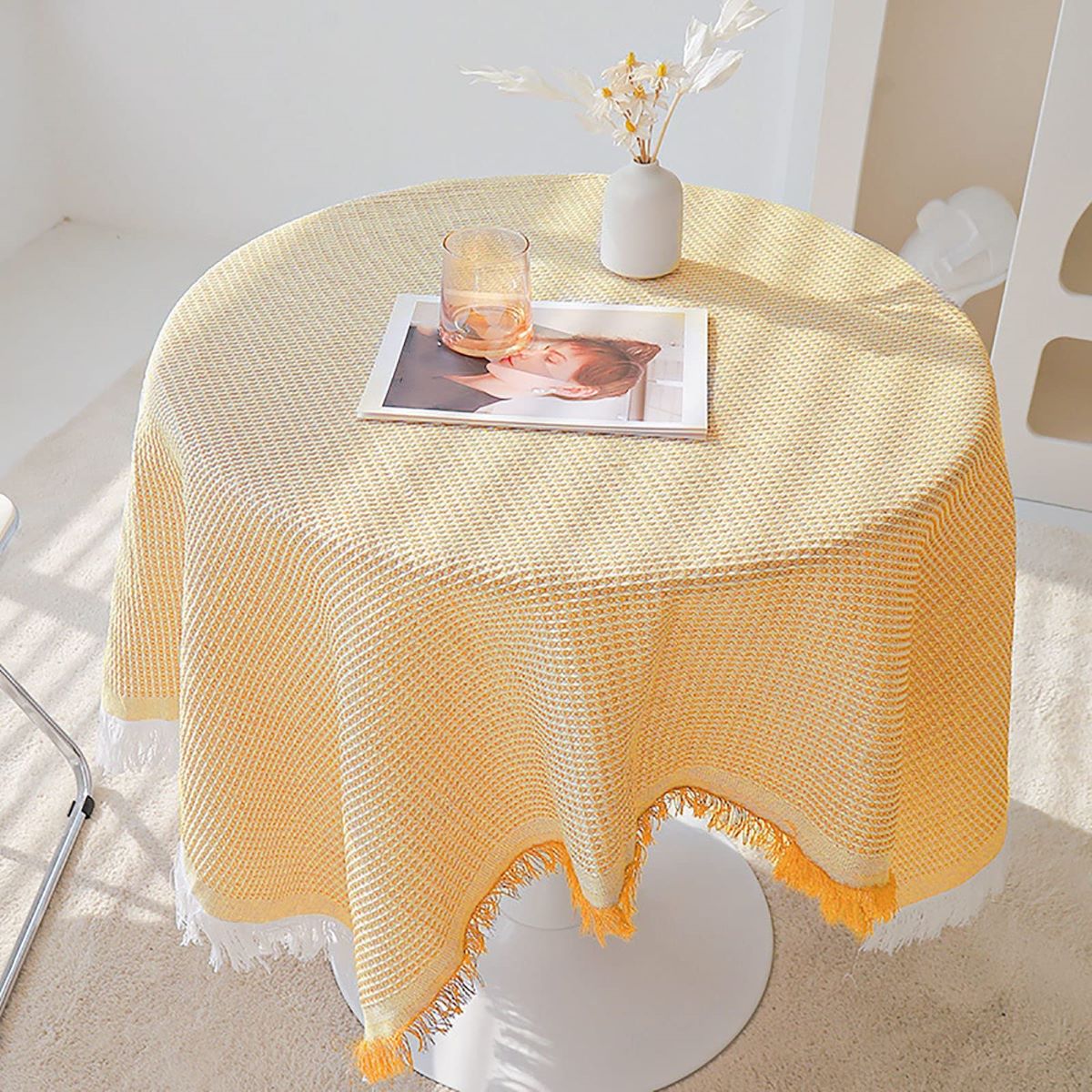
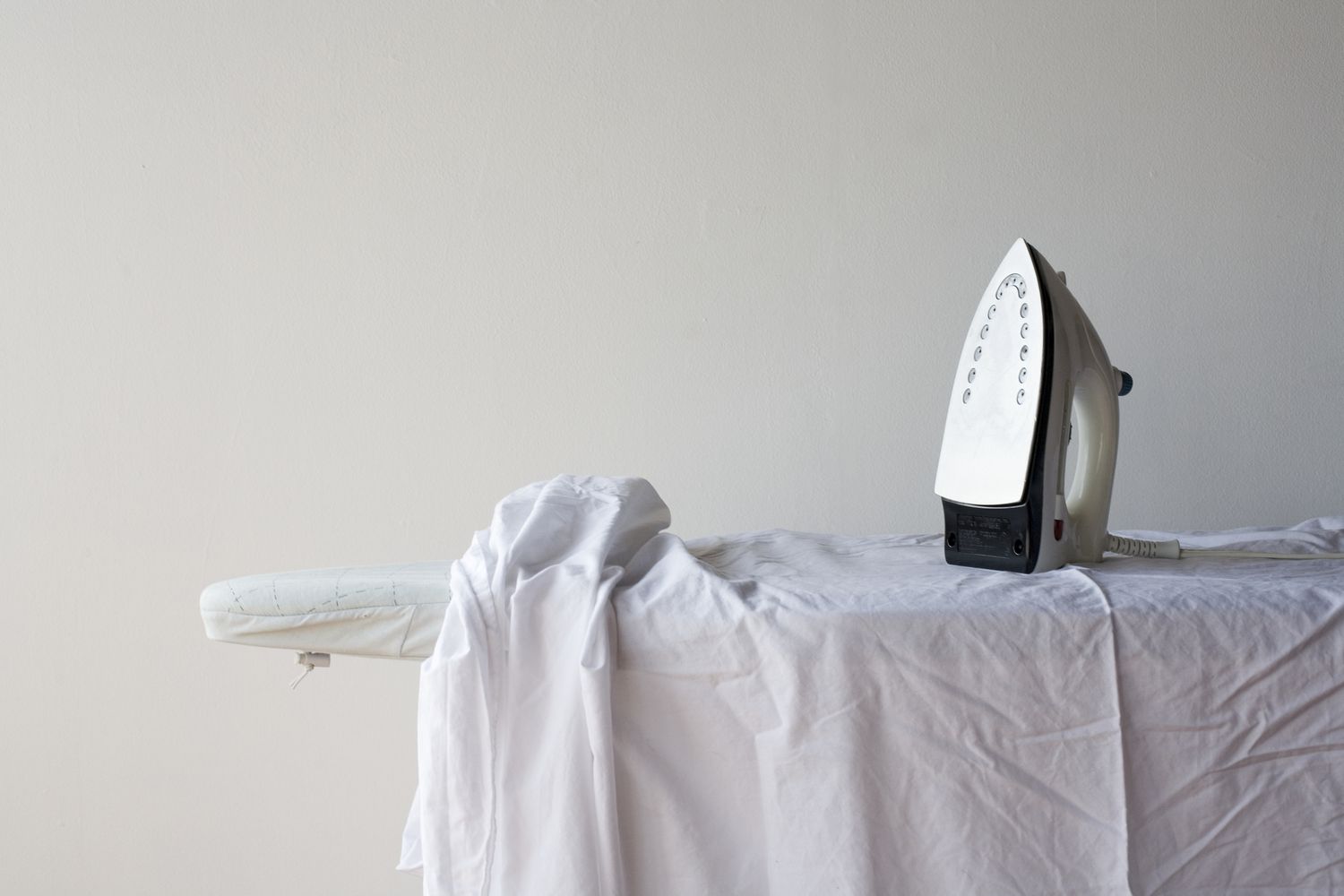

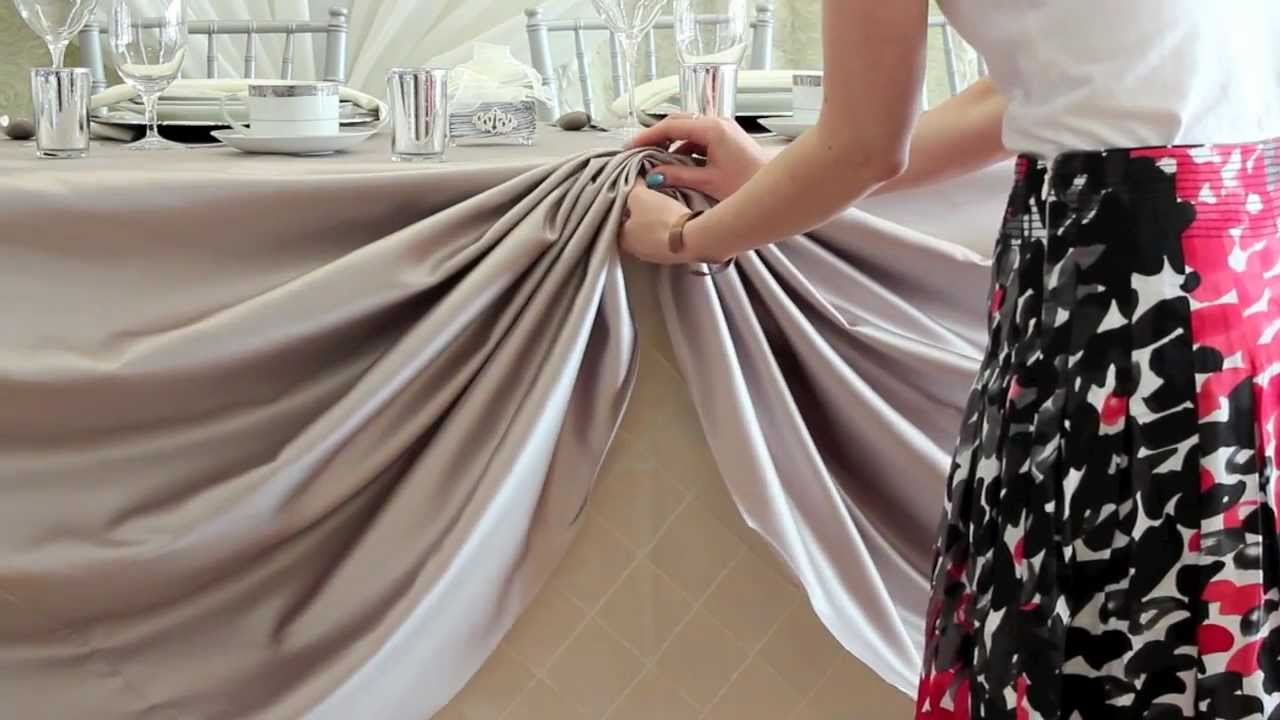
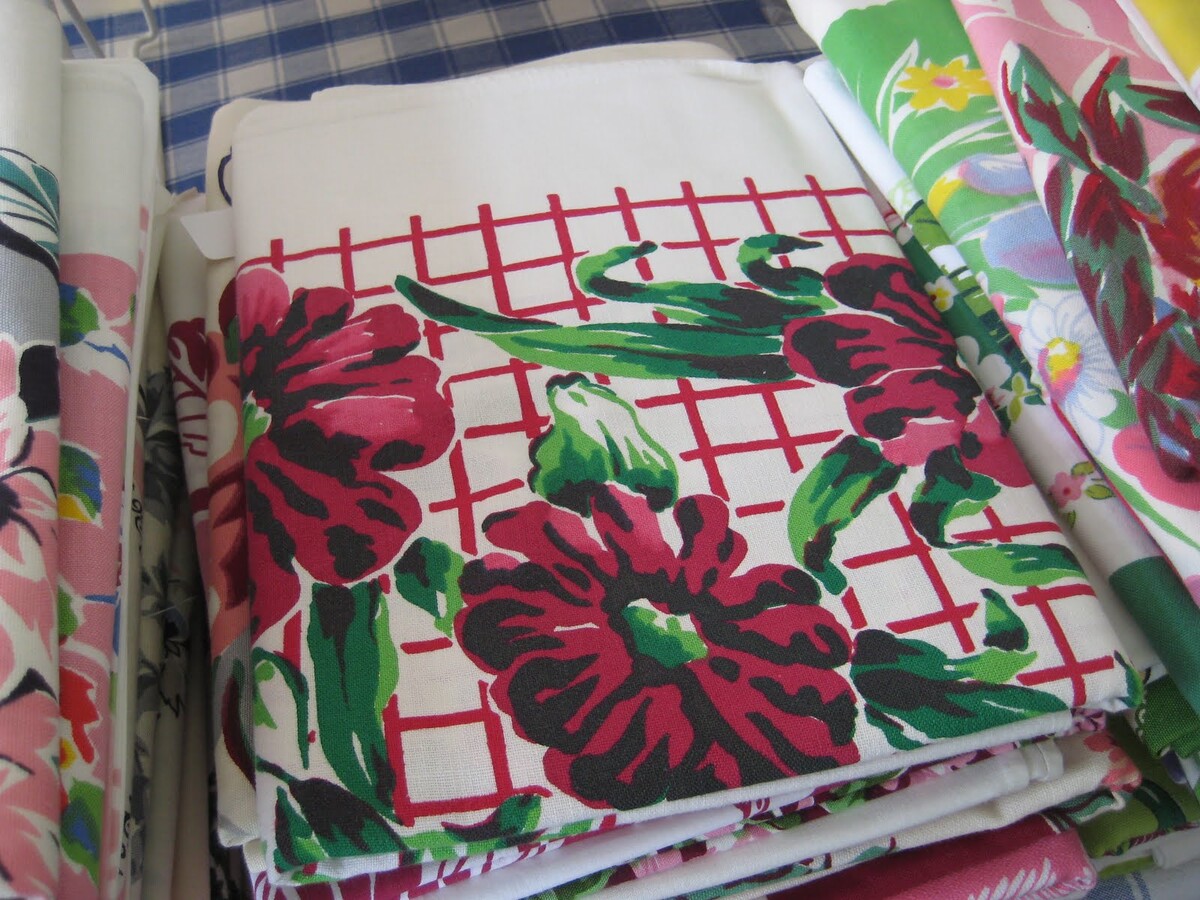
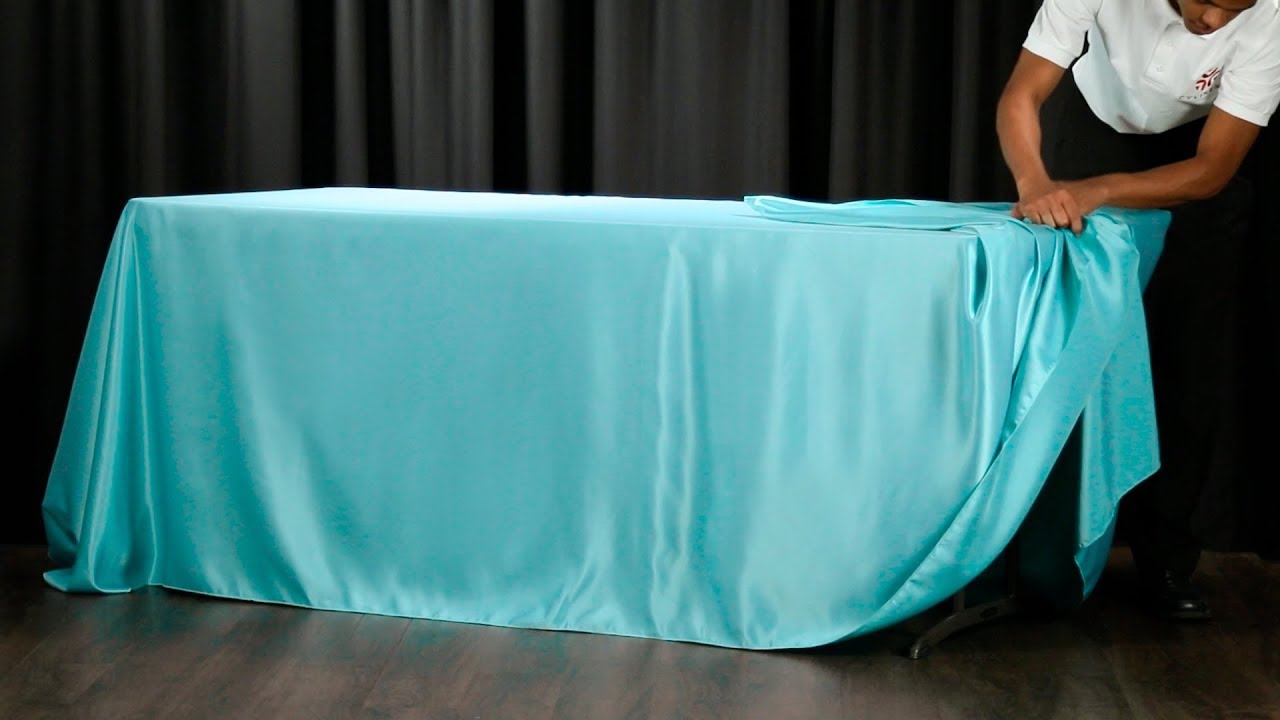
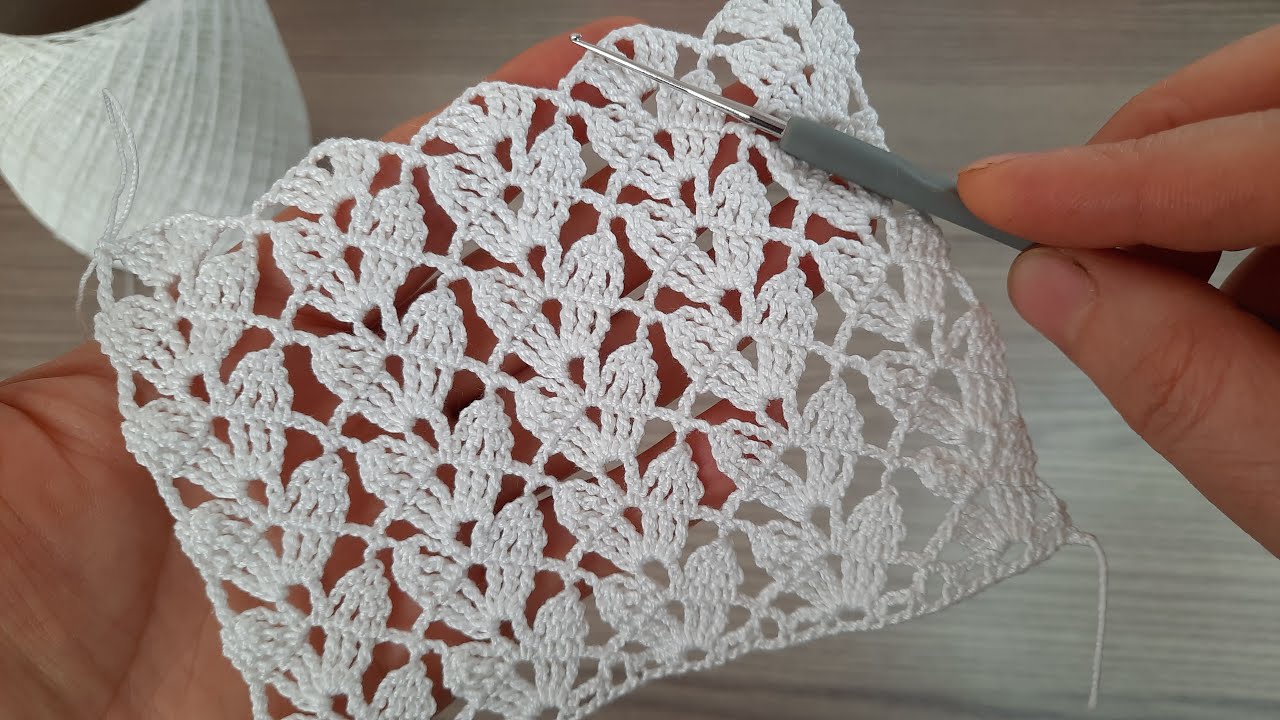
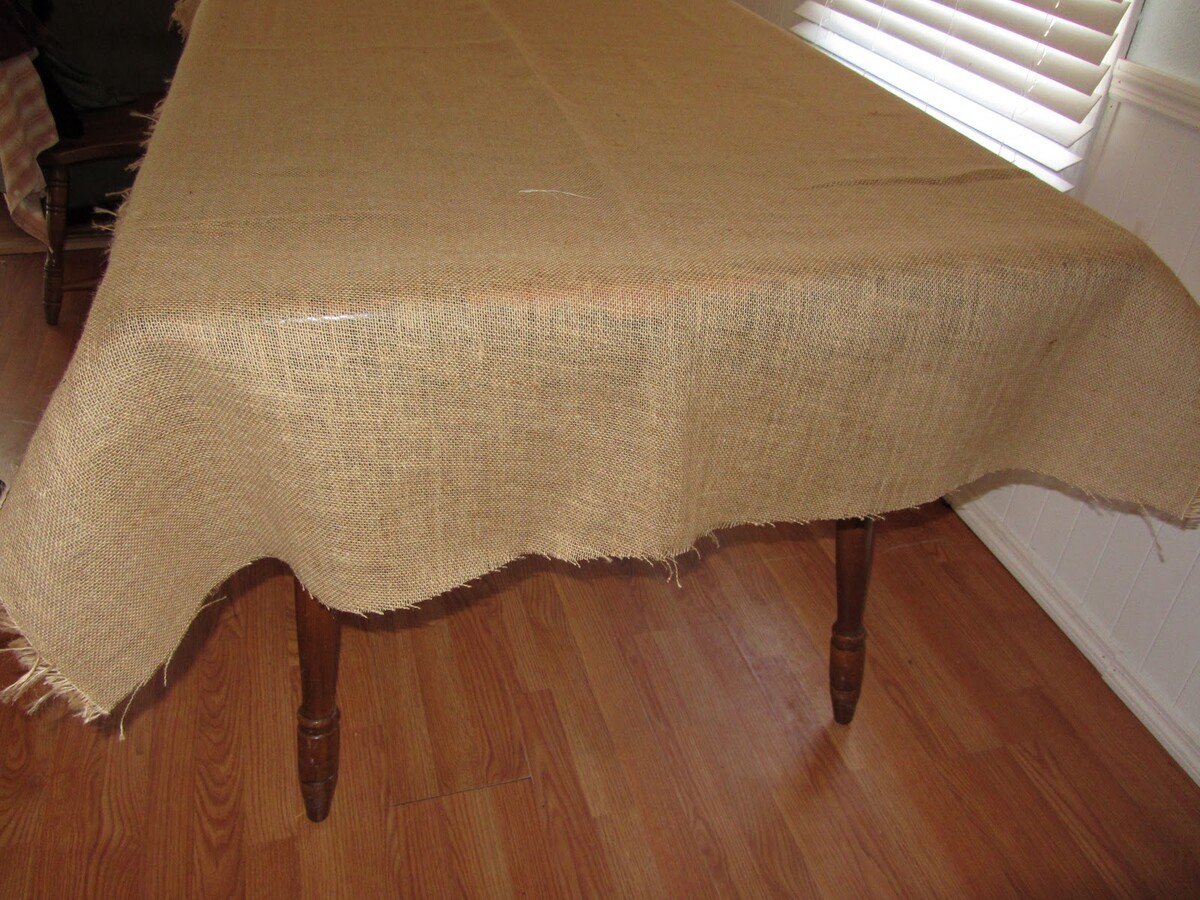
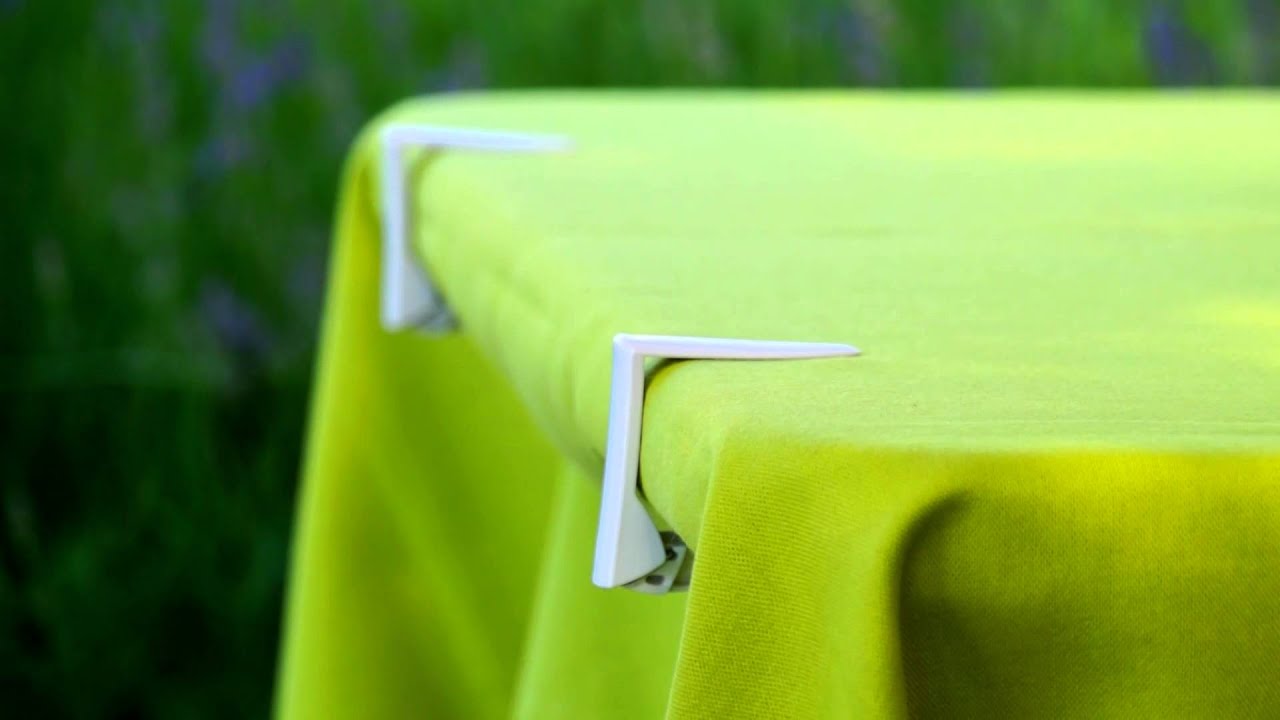
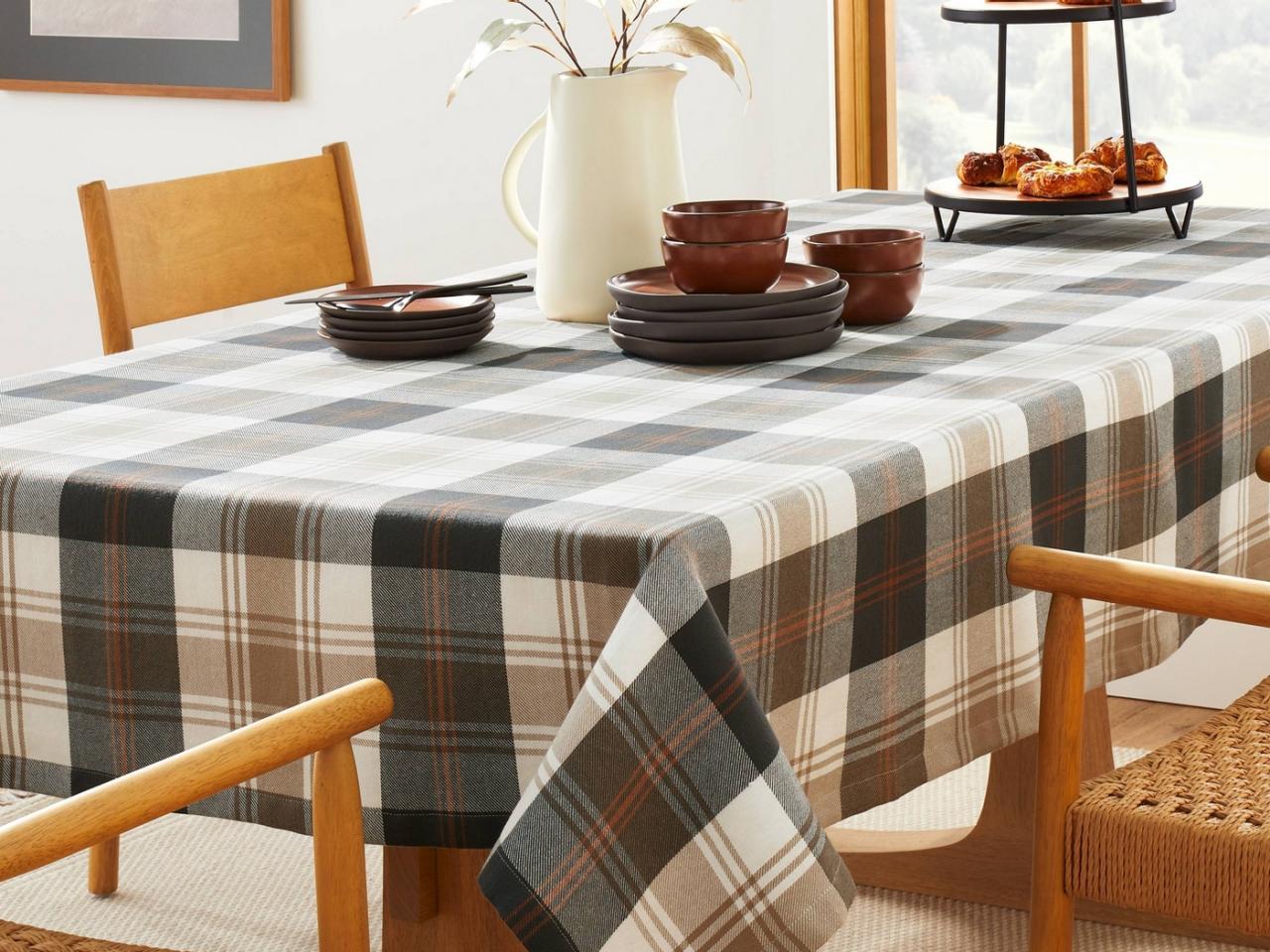
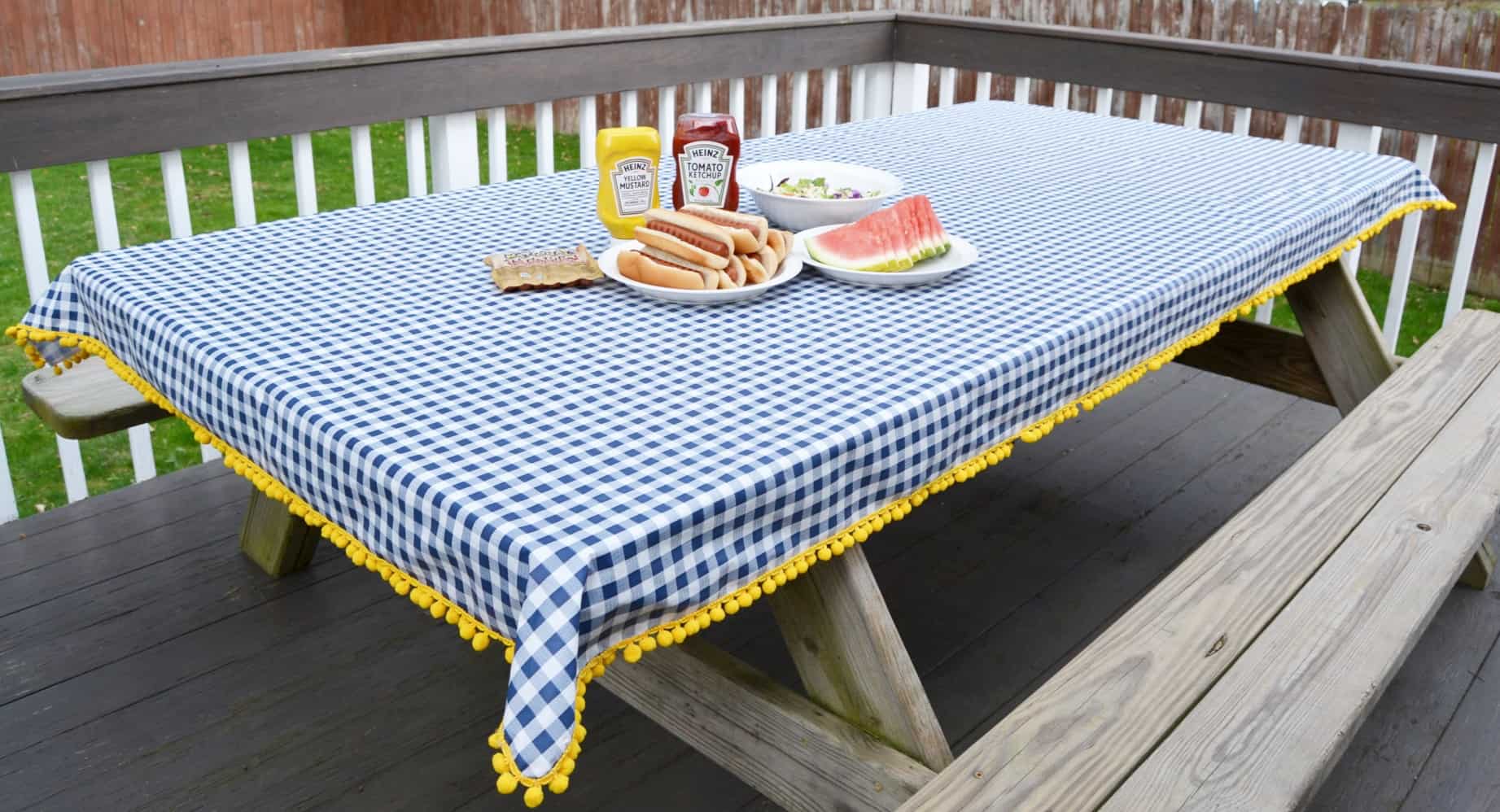
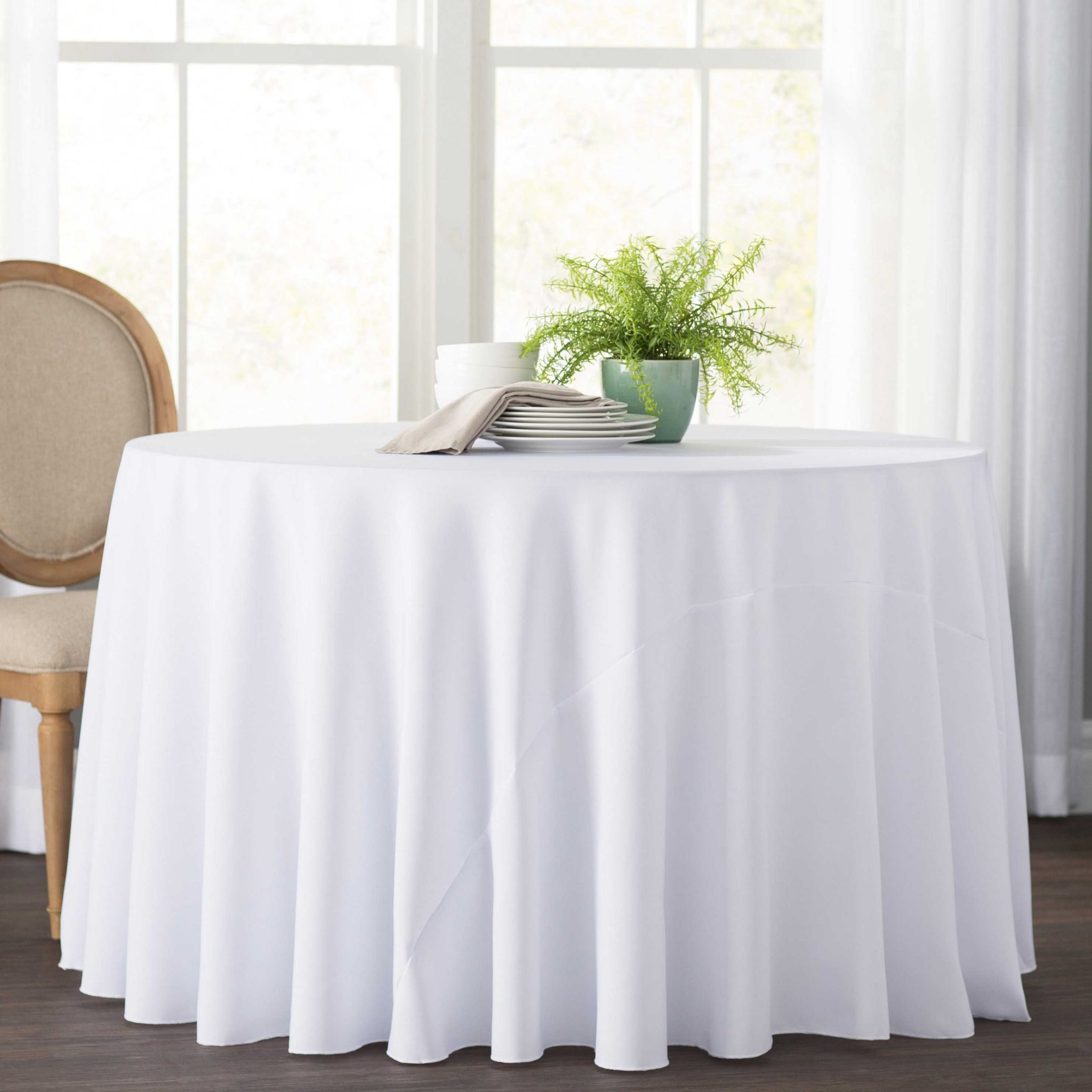
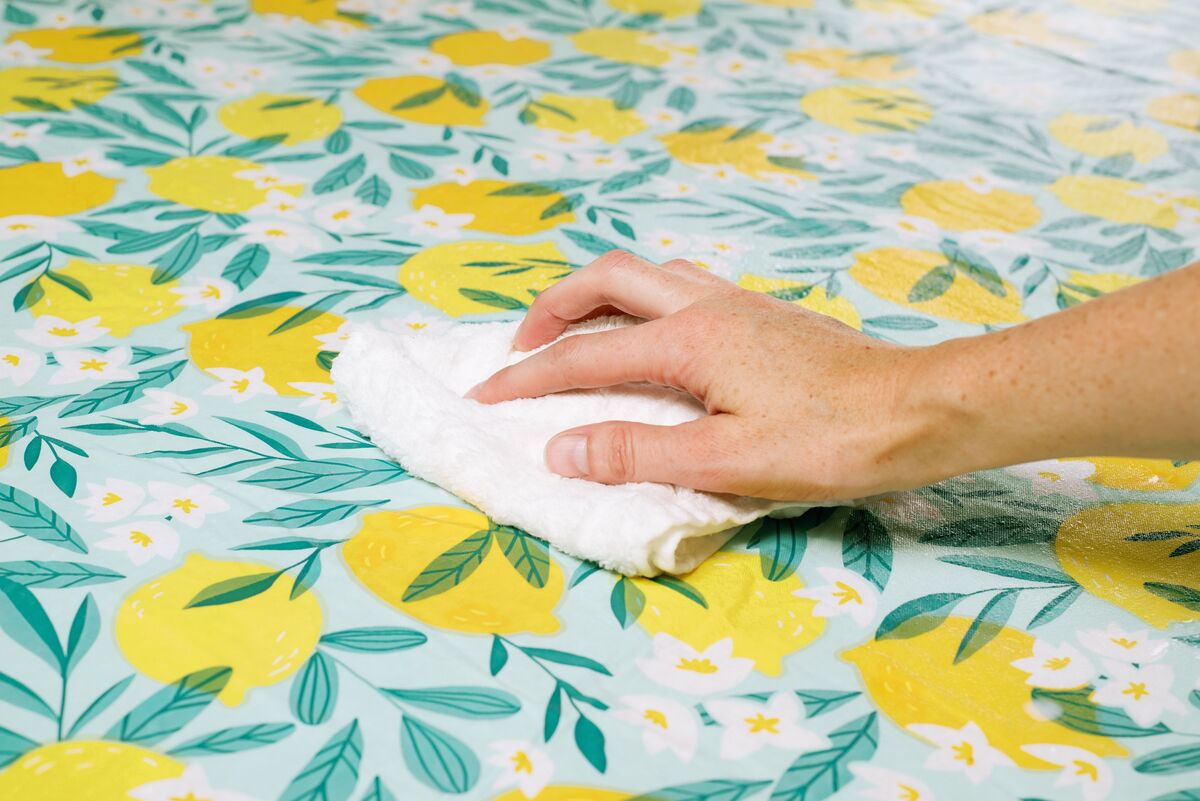
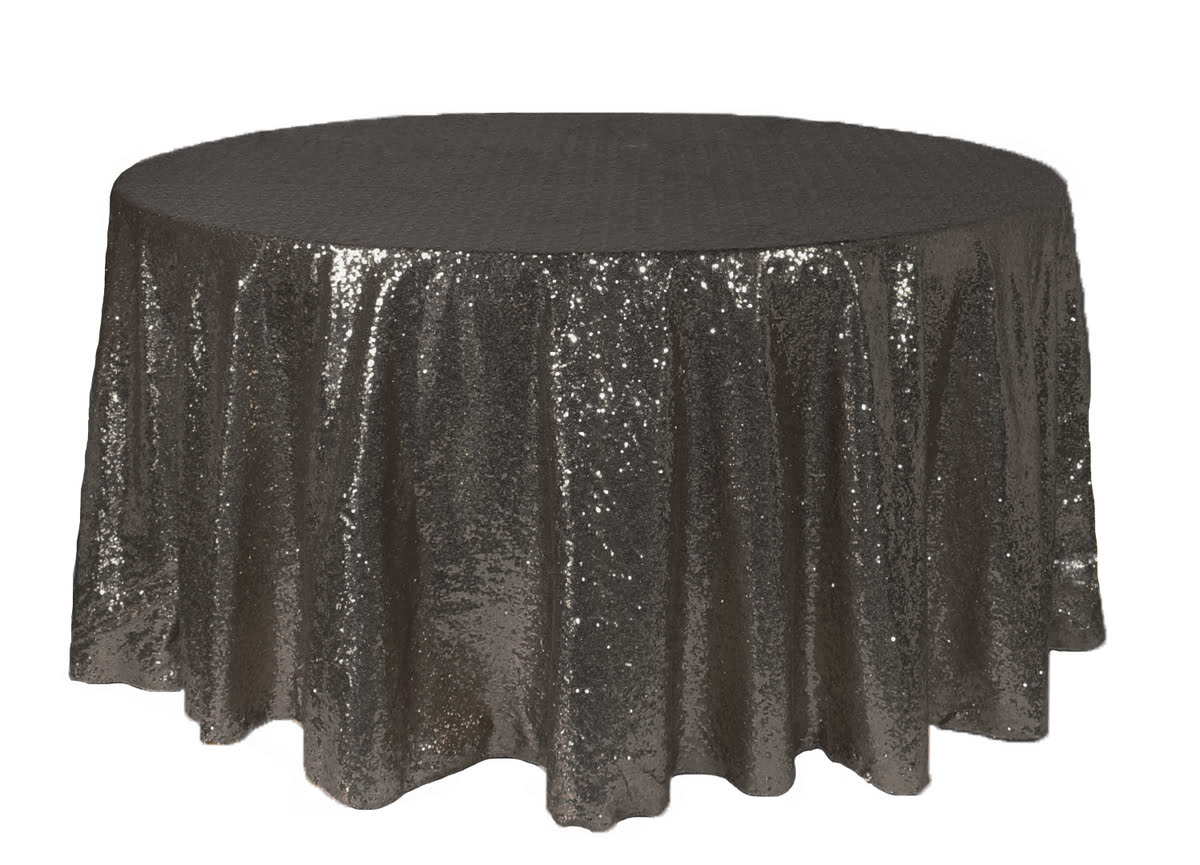

0 thoughts on “How To Wash A Linen Tablecloth”